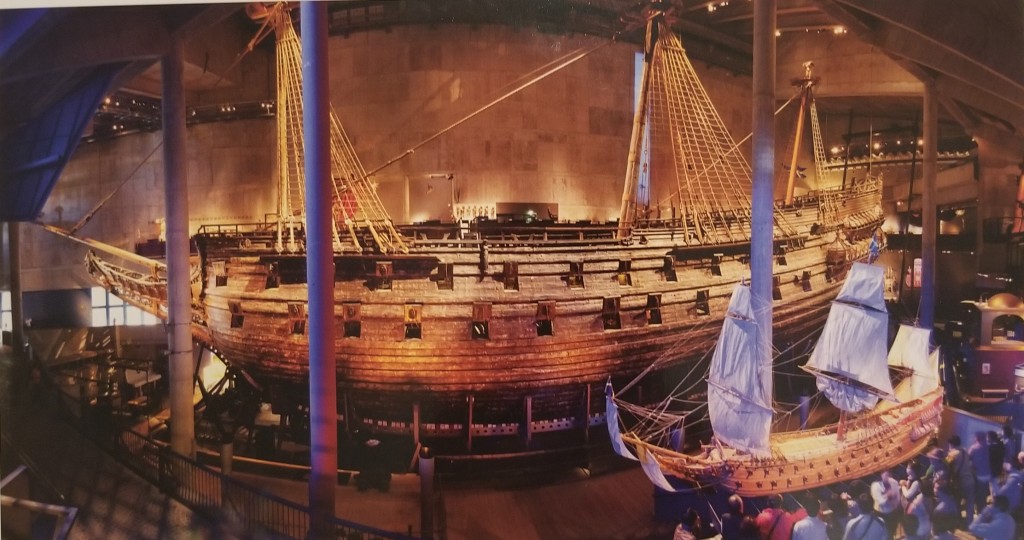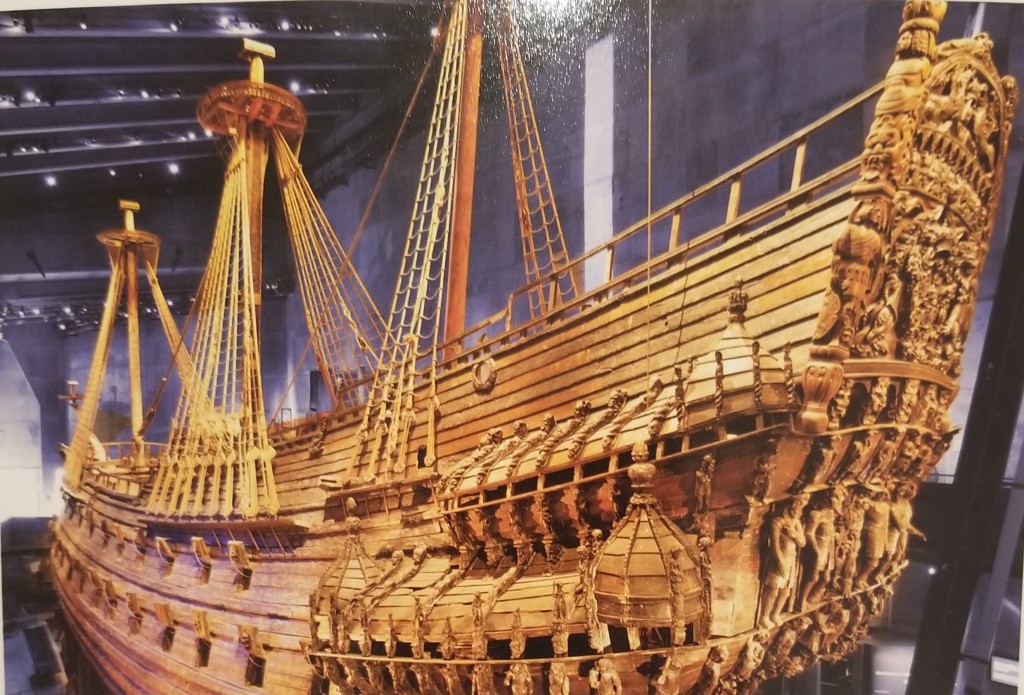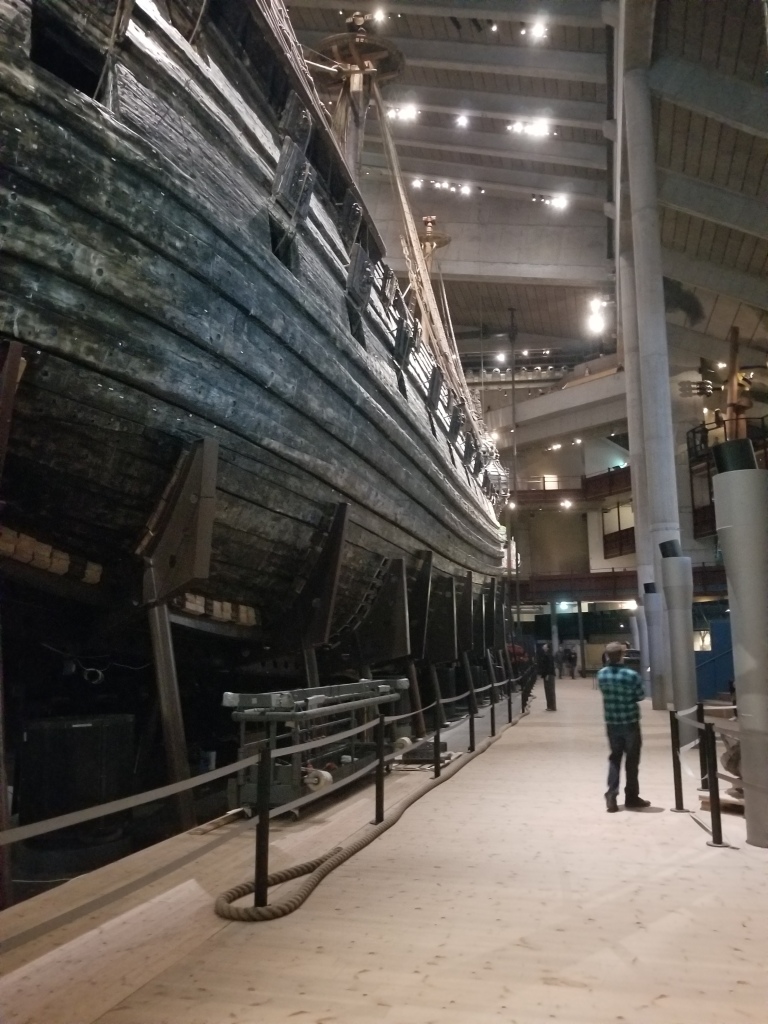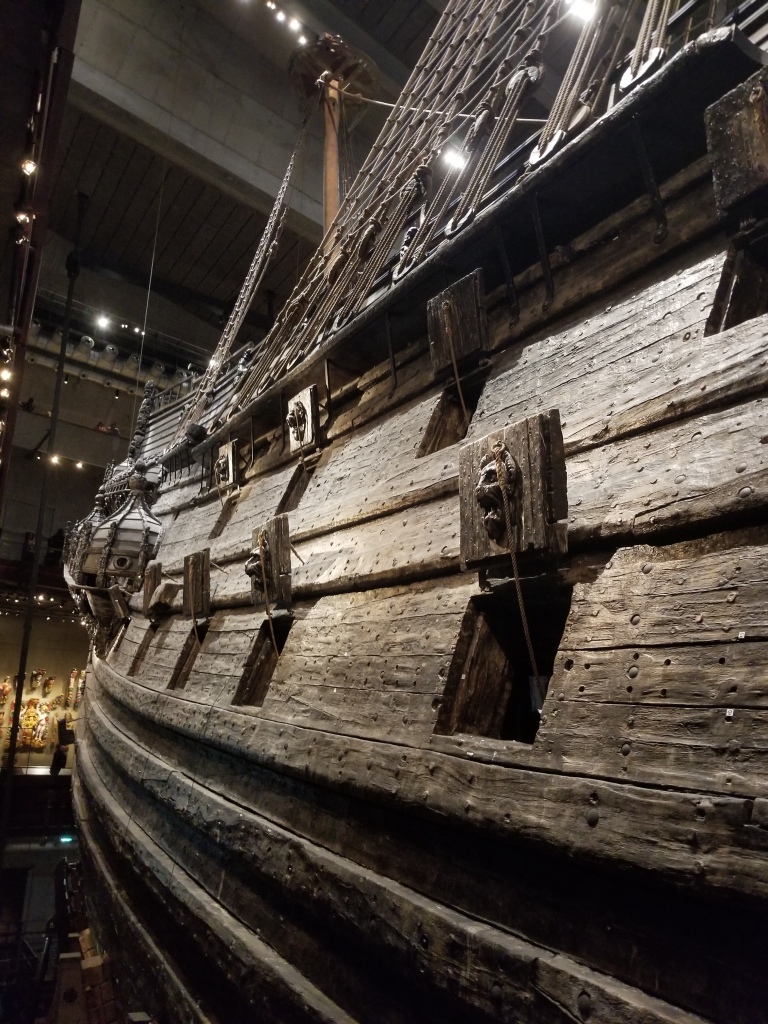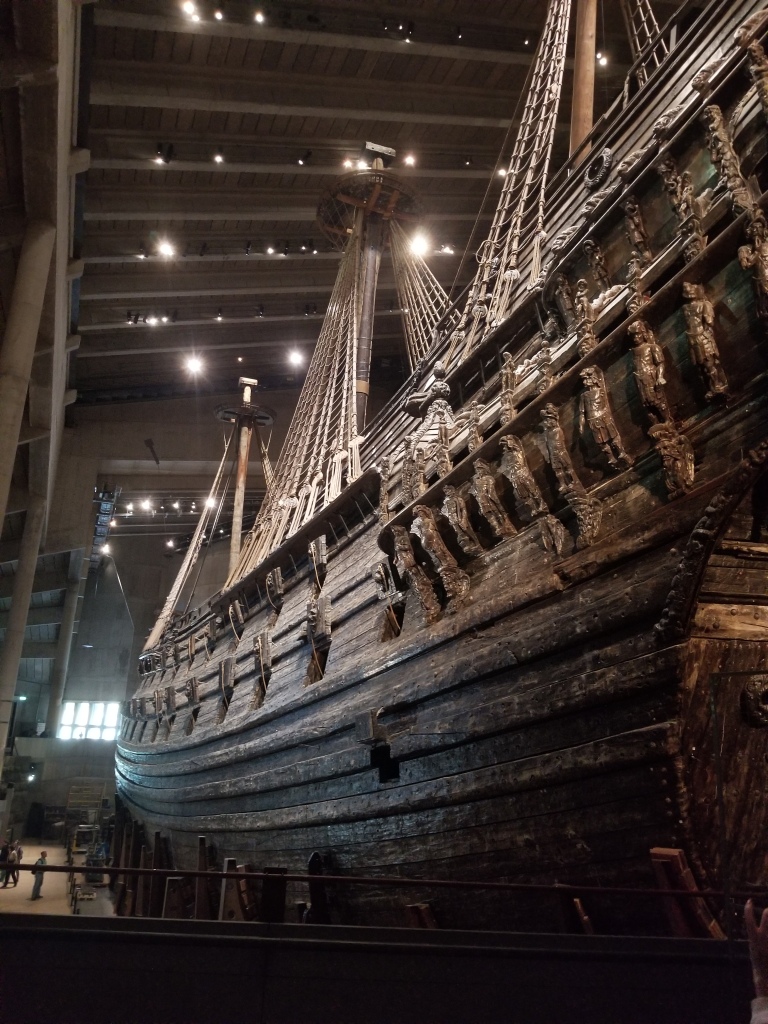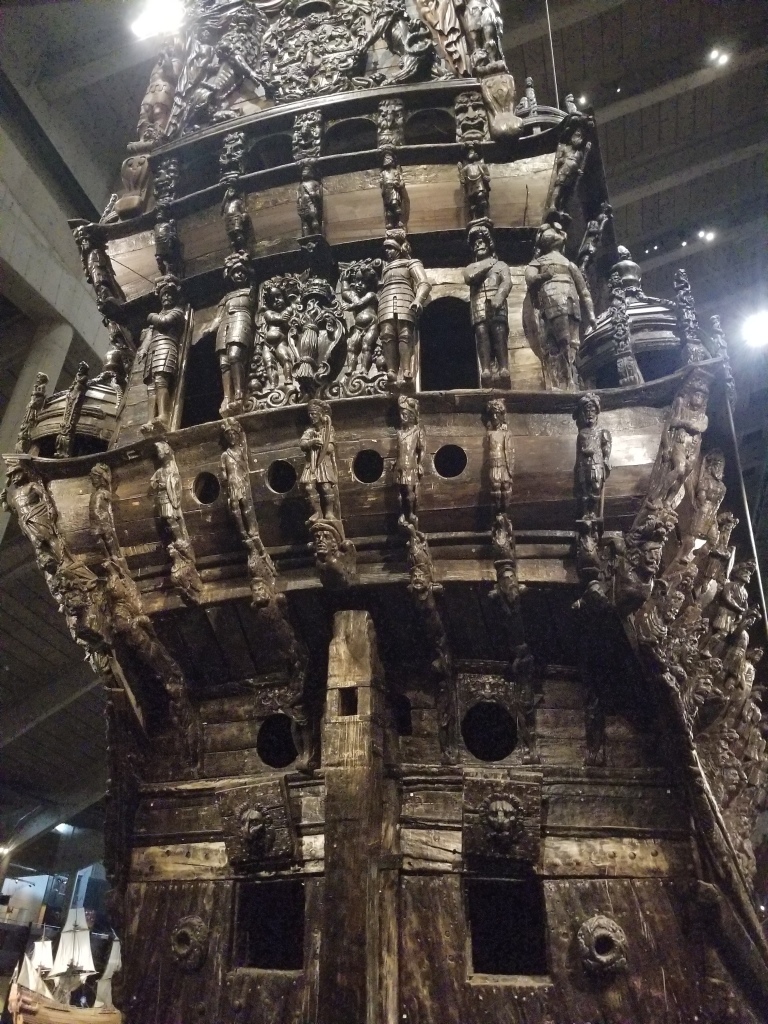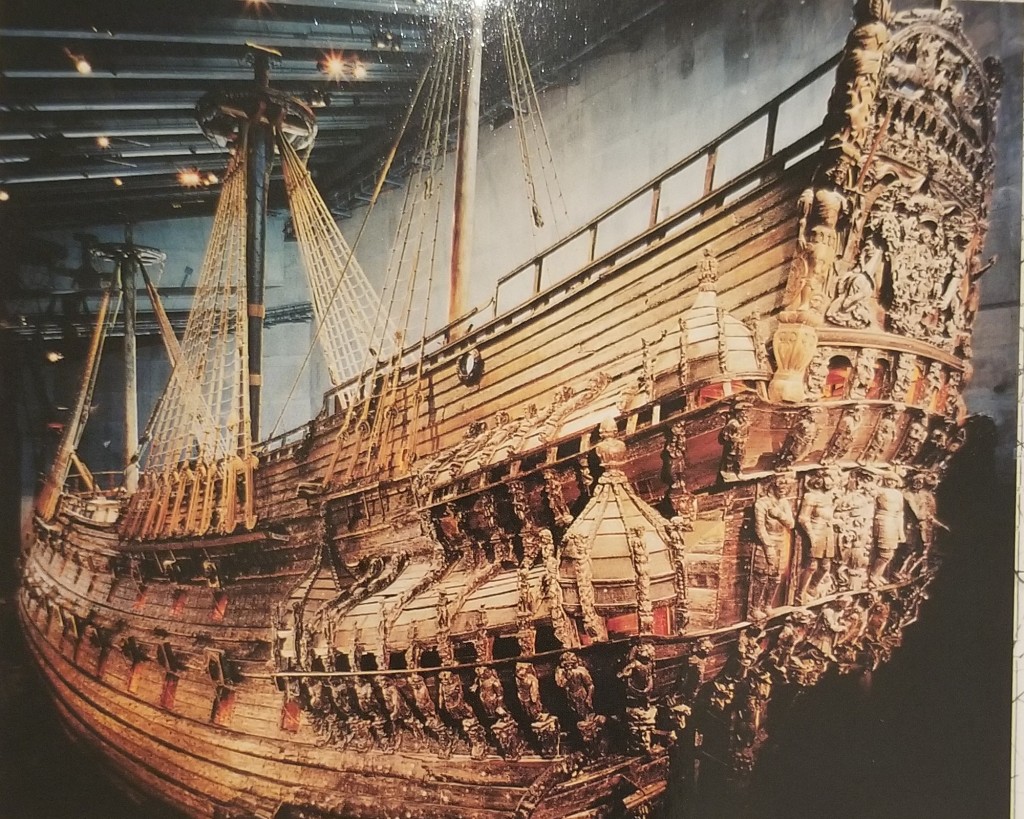I just returned from a trip to Scandinavia with my son and his wife. Since it is World Tourism Day today, September 27th, I thought I’d make one more post related to our trip. As usual, the post features many interesting facts, but it is not a super-fact post. To provide some background. Me and my oldest son and his wife visited my native country of Sweden and Norway over the last 10+ days. We got a lot done. Unfortunately, we did not have time to visit with family this time.

First, we visited Stockholm including the Old City (Gamla Stan), the Royal Palace in Stockholm and Drottningholm, which is a Royal Palace outside of Stockholm, built in the 1660’s and resembling Versailles in France. We also visited the Ice Bar, a Viking restaurant, many museums including the Vasa Museum and the Abba Museum, and we learned about Karl XIV Bernadotte, the founder of the current Swedish Royal dynasty.

We spent a day in Uppsala, the student city north of Stockholm, where I studied engineering physics. Here we visited Sweden’s largest cathedral, the tomb of king Gustav I, Uppsala castle, my old student club (Nation of Norrland), the religious center of the Vikings, a Viking Museum, and we spent the afternoon with a classmate from my days at Uppsala University.

We also visited Oslo, Norway, where we visited several museums including an outdoor museum, the armed forces museum, the Maritime and the Fram Museum, an old fort, and we did some fishing in Oslo fjord. We toured the Norwegian mountains and did a cruise on Sognefjord. As a side note, the Fram Museum was centered around a ship called Fram, which was used by polar explorers such as Roald Amundsen who was the first to reach the South Pole. It is generally considered that the American Robert Peary reached the North Pole first, but that claim is disputed, which makes it possible that Roald Amundsen reached the North Pole first as well.

With this post I also wanted to focus on practical issues regarding visiting Scandinavia. The Scandinavian countries are relatively wealthy, like the United States, and most people, at least young people, speak English and are friendly towards tourists including Americans. When you visit tourist attractions in Scandinavia you will hear a plethora of languages. However, unlike Texas, Spanish is not a common language, so if Spanish is your first language you’ve got to know English as well. Crime is not high, even though you should watch out for pick pockets. It is rare to encounter Scandinavians who try to trick you or take advantage of you, in contrast to some other tourist places around the world. However, there are some differences between Scandinavia and the United States, especially Texas, that can be challenging to tourists.

Sweden and to a certain degree Norway are trying to be cashless societies. Banks will not handle cash, most stores, restaurants, hotels, and other businesses will not accept cash. Before leaving I tried to change dollars into Swedish crowns at my bank in Dallas, but I was informed that Swedish banks no longer provide or handle cash, so they did not have any either. There are Forex stores at airports that will exchange dollars and euros into Swedish and Norwegian crowns, but using the cash is a challenge. You pretty much have to use credit cards or a swish app on your phone to pay for anything.

Personally, I disagree with this. It removes one important option to pay, which becomes a problem if your credit card is stopped, or you don’t have a credit card. It greatly inconveniences tourists, visitors, and many immigrants. In addition, it forces everyone to have a detailed digital footprint that can be used to track everything you buy. Identity theft, power outages, cyber-attacks, natural disasters, and other mishaps that disable electronic payment options can become disastrous without access to cash. Therefore, despite being Swedish I think this is a bad move by Sweden.

One difference that I personally find more amenable, but I know that many Texans (I live in Texas) will find objectionable, is the focus on reducing one’s carbon footprint and the fight against global warming. You are reminded of this all the time and EV cars are very common. Texans frequently believe that EV cars are not environmentally friendly and does not emit less carbon dioxide than regular internal combustion engine cars. This is a false belief that Swedes do not tend share. Sweden has an almost entirely fossil fuel free grid and Swedes value that their carbon footprint is less than a third of that of, for example, Americans. These are all things that could rub some Texans the wrong way, just like Texas opinions could rub Swedes the wrong way. It is better not to argue.


There are other differences. Public transportation is very good in Sweden and Norway. Public transportation is safe and typically much cheaper than taxi, uber or renting a car. In fact, considering the difference in traffic signs, the difficulties with parking, and the restrictions on driving in inner cities, you may not want to rent a car unless you plan on driving far out into the countryside. Bicycles and bicycle lanes are also very common and need to be respected. Luckily Scandinavian inner cities are very walkable. Doorknobs/handles are not round and are like levers. Scandinavians eat dinner earlier compared to southern and central Europeans and are like Americans in that regard.
Happy World Tourism Day Everyone


